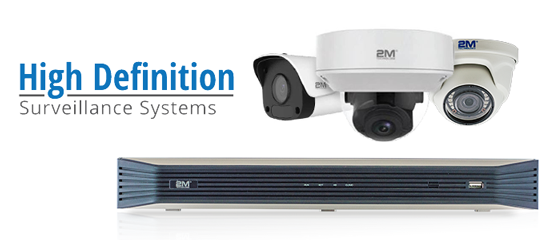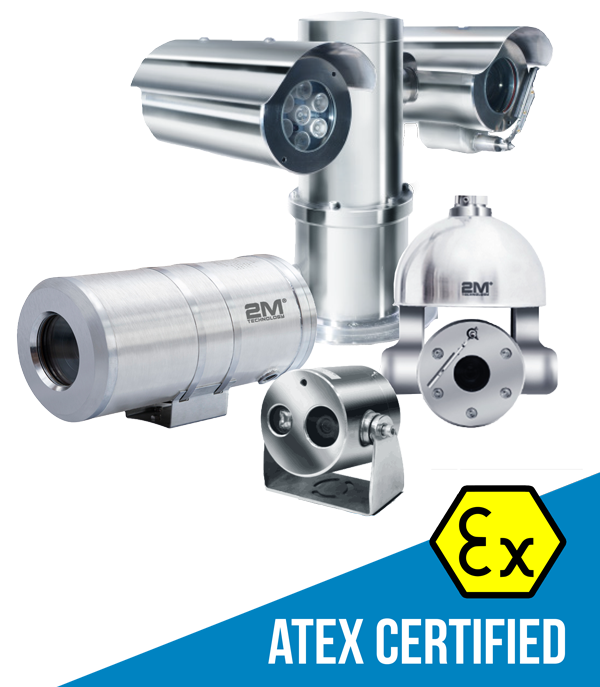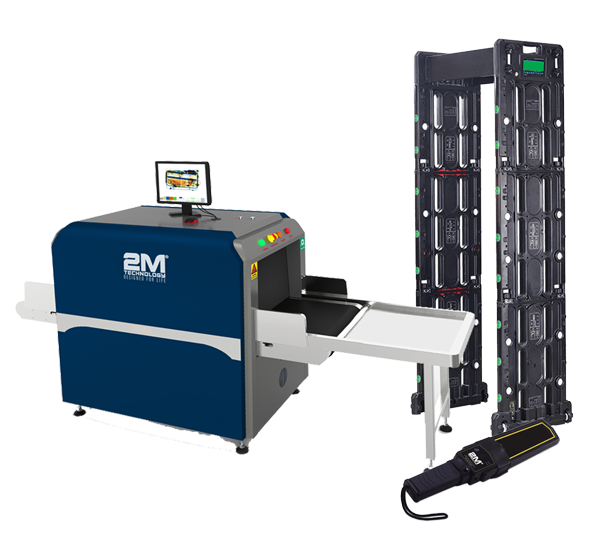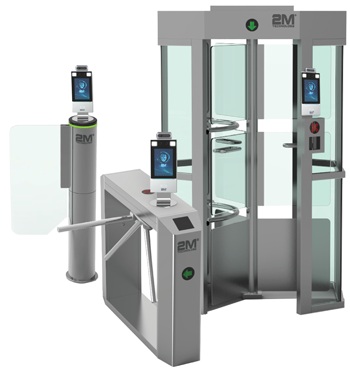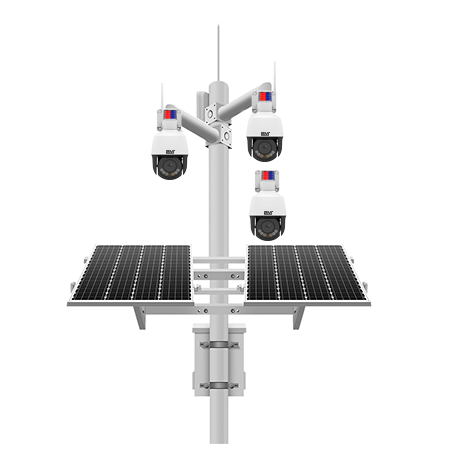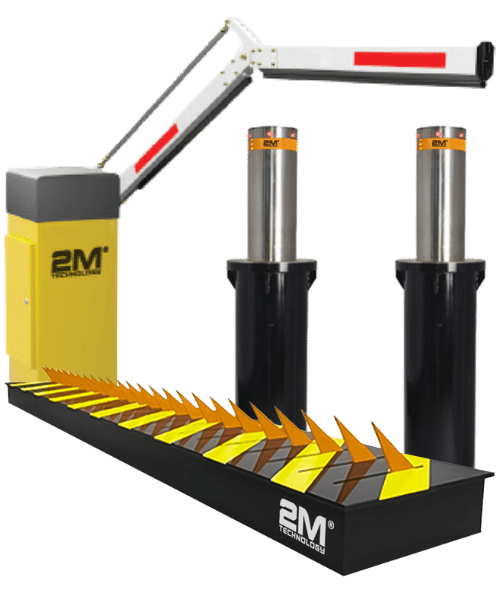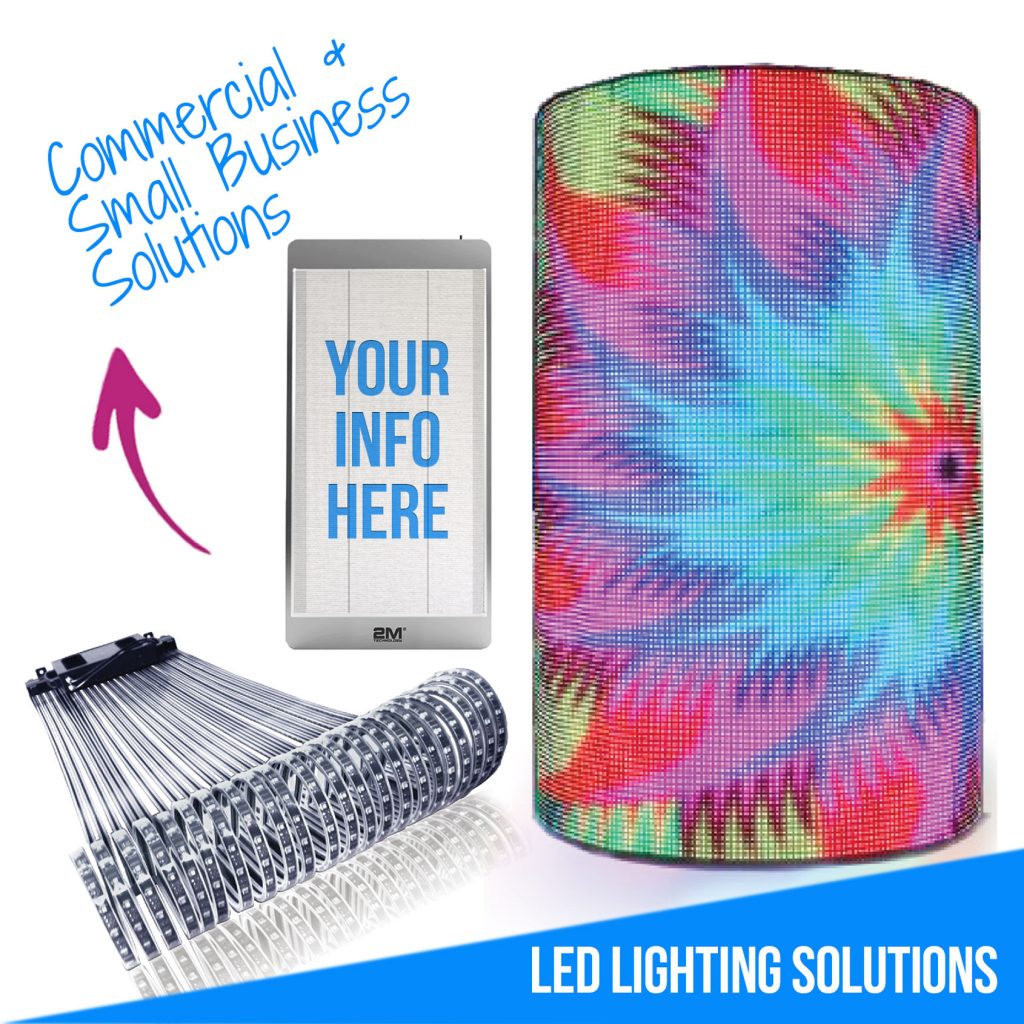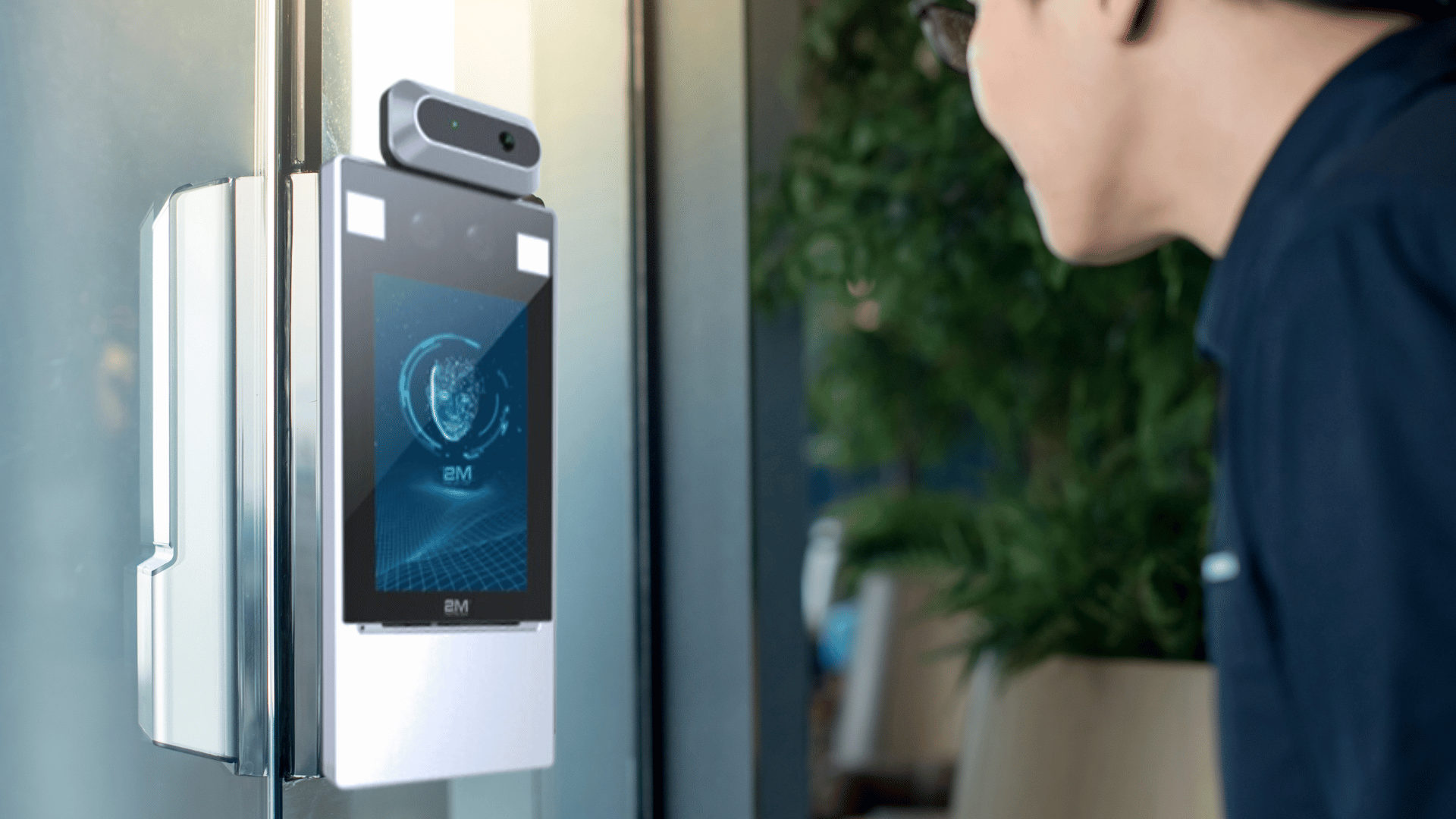Our 2MTHFR-2M and 2MWTK face recognition access control terminals support a range of authentication methods to grant or deny entry. This allows you to customize access control according to your specific needs. Much like using a key to get into your home, these methods serve as digital keys, determining who can enter based on specific criteria. Our terminals act as the lock for your door, allowing you to customize the type of “key” or credentials required for entry. In this article, we’ll explore the different authentication methods available for our access control terminals.
Authentication Methods
There are various verification methods that you can use to give access through a terminal and the door system.
Temperature Measurement Only
The first authentication method determines access by scanning body temperature, using either the forehead or the wrist, depending on the model. If the system detects a high temperature, it triggers an alert and denies access. This method is especially useful in environments with high foot traffic and a priority on preventing the spread of illness, such as hospitals, office buildings, or transit stations. There’s also an option to disable temperature measurement entirely. With this setting off, the terminal does not detect temperature, instead using other identification methods and/or card-based access control only. Additionally, you can choose to have the terminal check for temperature but still allow access, even if a high temperature is detected.
Temperature Measurement & Face Detection
The terminals can also manage access through face detection. This method differs from face recognition in that it doesn’t require a pre-registered face library. Instead, it simply detects whether a face is present within the terminal’s view, without cross-referencing it with a whitelist. Essentially, the terminal checks if a real person is attempting to enter. This adds an extra layer of security by preventing unauthorized entry to individuals attempting to bypass the system using inanimate objects or through technical manipulation. It can be used with temperature measurement, granting access only if a face is detected and the person’s temperature is within a normal range.
Temperature Measurement & Face Recognition
As the name suggests, the face recognition access control terminals are equipped with face recognition capabilities. The setup process involves registering authorized individuals by uploading their images to a face library. When a person approaches the terminal, their face is scanned and compared with the stored images. Access is granted if a match is found. This method provides a high level of security because faces cannot be shared with unauthorized persons like access cards or PINs. It’s also convenient, as users don’t need to carry physical authentication items. When temperature measurement is enabled, the system requires both a normal temperature reading and a match in the face library for access.
Temperature Measurement & Card Access
In settings where traditional access control methods are still preferred, our terminals support card-based authentication with the option to include temperature measurement. This method allows organizations to continue using their existing access control systems while integrating temperature screening for additional safety. The terminals are equipped with built-in card readers compatible with MiFare cards, and they also support third-party card readers using Wiegand 26 and Wiegand 34 protocols. Authorized users are registered in the system, and access is granted when the user scans a card with a number matching the one listed in the system’s library. If used with temperature measurement, the system will only allow access if both the card number matches and the person has a normal temperature.
Temperature Measurement, Face Recognition, & Card Access
For organizations that require the highest level of security, our terminals offer an authentication method that combines temperature measurement, face recognition, and card-based access. With this method, access is granted only when all three factors are verified: the user must be listed in the face library, have a normal body temperature, and scan a card with a card number that matches the system’s records. This triple-layered authentication method ensures that only authorized individuals with the correct credentials and normal temperature can enter, providing maximum security and safety. If temperature measurement is disabled, the terminal will only use face recognition and card access. This requires a match in the face library and a matching card number for access.
Additional Authentication Options
The face recognition access control terminals come with a few additional options. These options can be used in combination with the authentication methods for added protection and adaptability.
Mask Detection
Mask detection can be used alone or in combination with temperature measurement, face detection, or face recognition. This option checks whether the person attempting to enter is wearing a mask. If mask detection is used alone, the terminal will deny access to those not wearing a mask. When temperature measurement is enabled, the terminal checks temperature first. This means that it will deny access if it detects an abnormal temperature, regardless of mask usage. You can also configure the system to grant access even if someone is not wearing a mask, as long as they meet all other verification requirements. Mask detection can be disabled entirely, in which case the terminal will not check for mask usage.
Health Questions
You can choose to add a health questionnaire with up to five yes/no questions. When individuals approach the terminal, they’ll be prompted to complete the questionnaire. This helps screen employees or visitors before they enter a public space. You can configure the system to simply collect the responses without affecting entry, or you can use the questionnaire to control access, either granting or denying access or triggering alarms based on the answers provided.
Time Range-Based Authentication
In addition to your preferred authentication method, you can assign specific time ranges of access for each user. This is useful for companies that want to limit access to certain hours, ensuring staff can’t enter the premises outside of their shift times. It’s also handy for granting temporary access to contractors, like lawn or maintenance workers, by restricting entry after completing their services. You can set up to eight different time intervals per day, each with its own authentication method – whether it’s card, face recognition, password, or card + face recognition. Additionally, you can create unique schedules for different days to customize access control even further.
Contact 2M Technology for Your Access Control Solution
2M Technology’s 2MTHFR-2M and 2MWTK face recognition terminals are designed to control access to sensitive areas, rooms, and buildings effectively. These terminals allow you to customize how authorized individuals gain entry, based on you security, safety, and access needs. Whether you’re looking for the highest level of security, health and safety features, or the ability to grant temporary access, these terminals can do it all. Contact the 2M Technology sales team today to create your customized access control solution! You can reach us at +1 (877) 926-2288 or at sales@2mtechnology.net.
